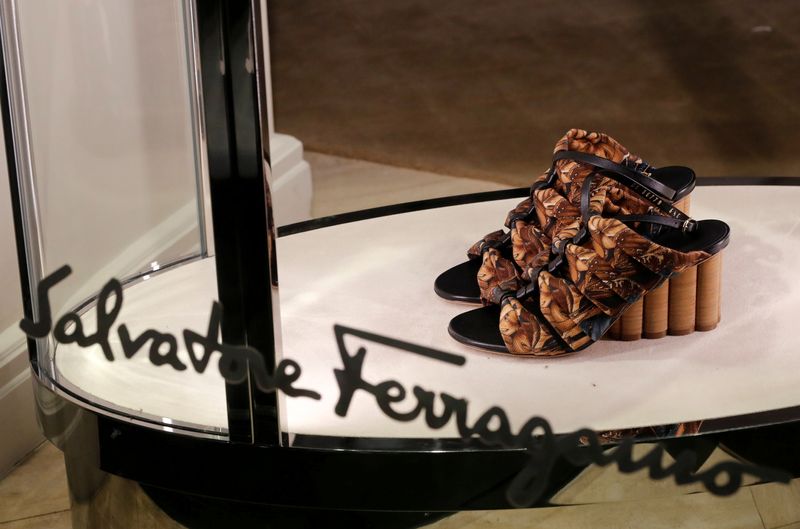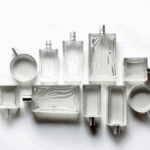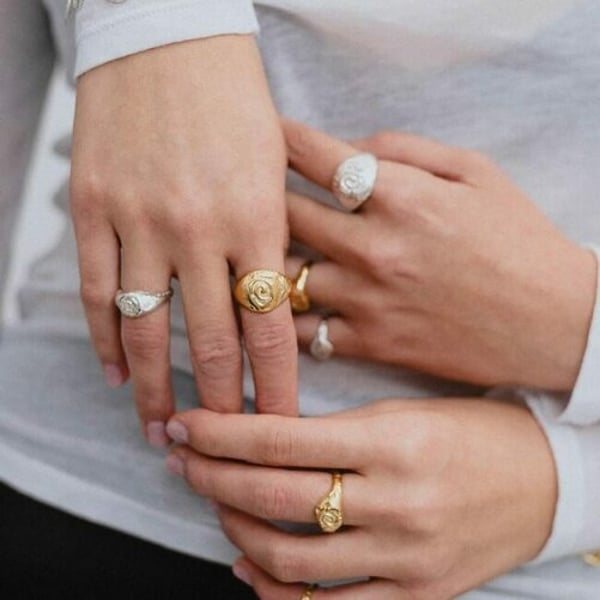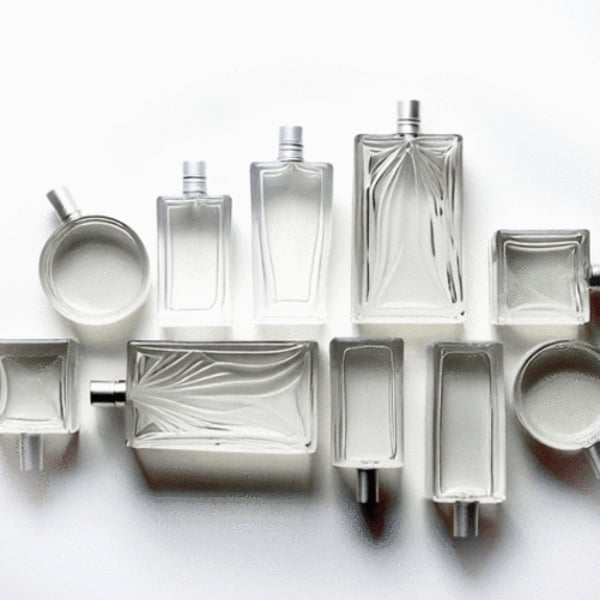By
Bloomberg
Published
July 23, 2025
For Europe’s luxury stocks, this earnings season will hammer home the widening gulf between the winners and the losers. The industry got off to a promising start with robust earnings from British trench coat maker Burberry Group Plc that sent its stock up as much as 9% and better-than-expected sales at Cartier owner Richemont. But upcoming reports from LVMH Moët Hennessy Louis Vuitton SE, Kering SA and Salvatore Ferragamo SpA look less promising.

If sales at these companies undershoot already weak forecasts, the shares may extend this year’s drop that has wiped out market value of as much as 175 billion euros (205 billion dollars). While the outlook for luxury shares is crucial for Europe’s stalled equity market rally given the weight of these companies, investors have to be more selective about the stocks they pick.
“It’s not going to be one-tide-lifts-all-boats for the sector,” said Stefan-Guenter Bauknecht, a senior portfolio manager at DWS. “It really depends on the category and how the brand is perceived in the category. And the VIP certainly helps.”
One striking example of the sector’s divide is LVMH versus French peer Hermes International SCA. Sales at LVMH’s key Fashion & Leather Goods division are expected to have dropped 7.8% in the second quarter, according to analyst estimates. The company reports after the bell on Thursday. Hermes, which has been an example of how companies can thrive on selling the highest-end items, is expected to report revenue growth of 12% at its leather goods division. Its results are due on July 30.
In the case of the Louis Vuitton and Tiffany & Co. owner, the stock has lost roughly half of its value over the past two years, losing its crown of Europe’s biggest stock, with investors increasingly worried about an unprecedented demand slump in China. Hermes shares, on the other hand, are weathering the broader industry pullback. After a 160% jump since the end of 2020, the stock is little changed this year versus a 7% drop in Goldman Sachs Group Inc.’s basket of luxury shares.
In the current economic context, pricing power is critical, said Helen Jewell, Europe, Middle East and Africa chief investment officer at BlackRock Fundamental Equities. “The challenge for investors has been some of the names that we thought had greater brand strength, and it turned out they actually didn’t,” she said, adding that there could be some buying opportunities after the selloff in the sector “but you do need to be selective.”
For the sector as a whole, the difference is stark between now and the 2021 to 2023 boom times, when investors were rushing to snap up any European luxury shares as they reaped the profits from shoppers on a post-pandemic spending spree. But with China’s sluggish economy putting a dent into demand for pricey handbags and watches, investors are buying shares in the brands that can captivate consumers and selling the ones that can’t.
Among this year’s winners, shares in Burberry have surged more than 30%. The UK fashion brand is gaining traction with its turnaround plan and winning new customers through its outwear push.
To some investors, luxury valuations are still too high overall even after this year’s plunge in a number of stocks. The industry has an average forward price-earnings ratio of 27, according to data compiled by Bloomberg. That’s a near 85% premium to the broader market and above the long-term premium from the past 10 years.
“This is a sector that is fully exposed to tariffs and fully exposed to the weaker dollar,” said Roland Kaloyan, head of European equity strategy at Societe Generale SA. “It’s going to be quite difficult, so I stick to my underweight.”










